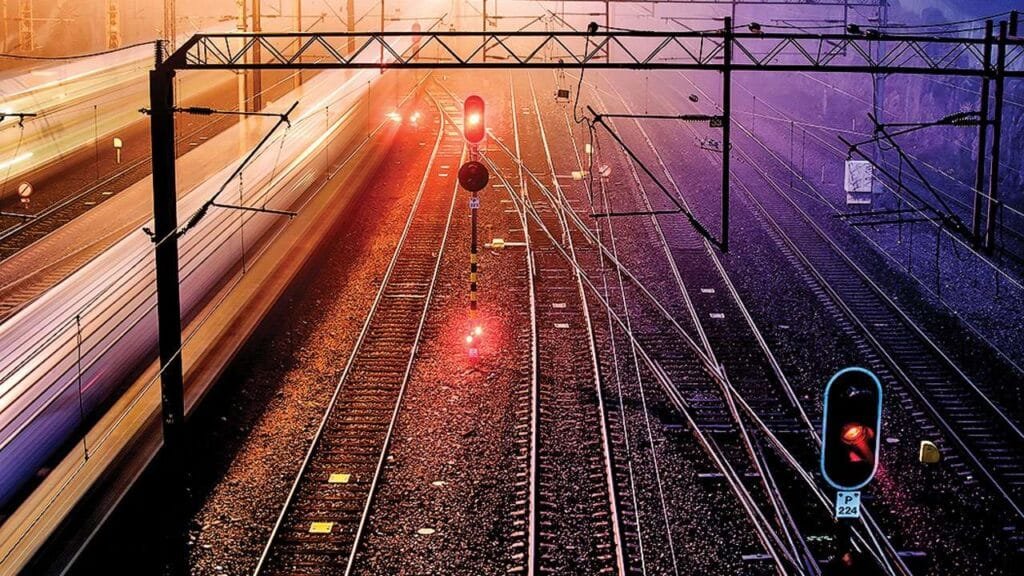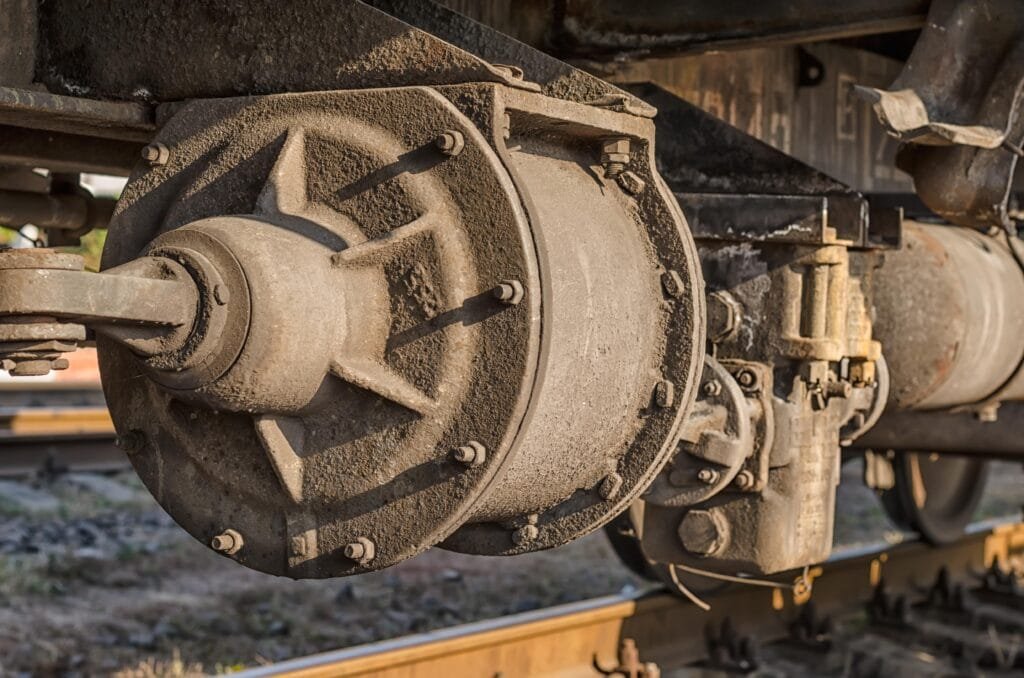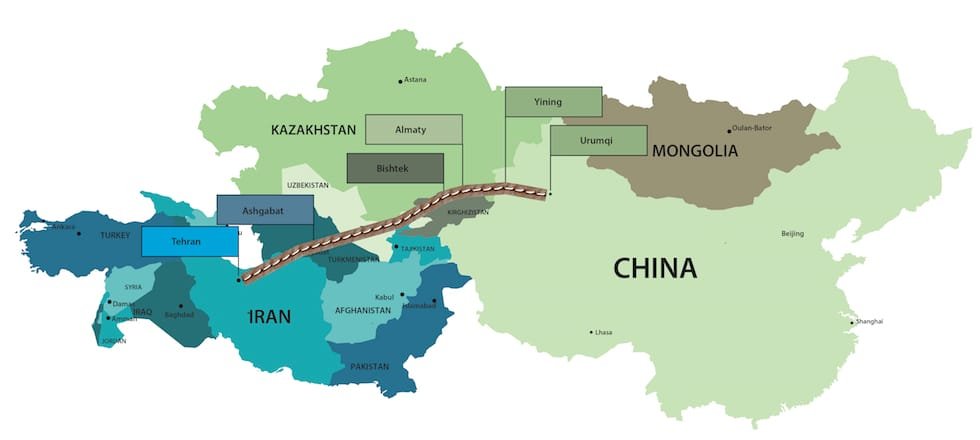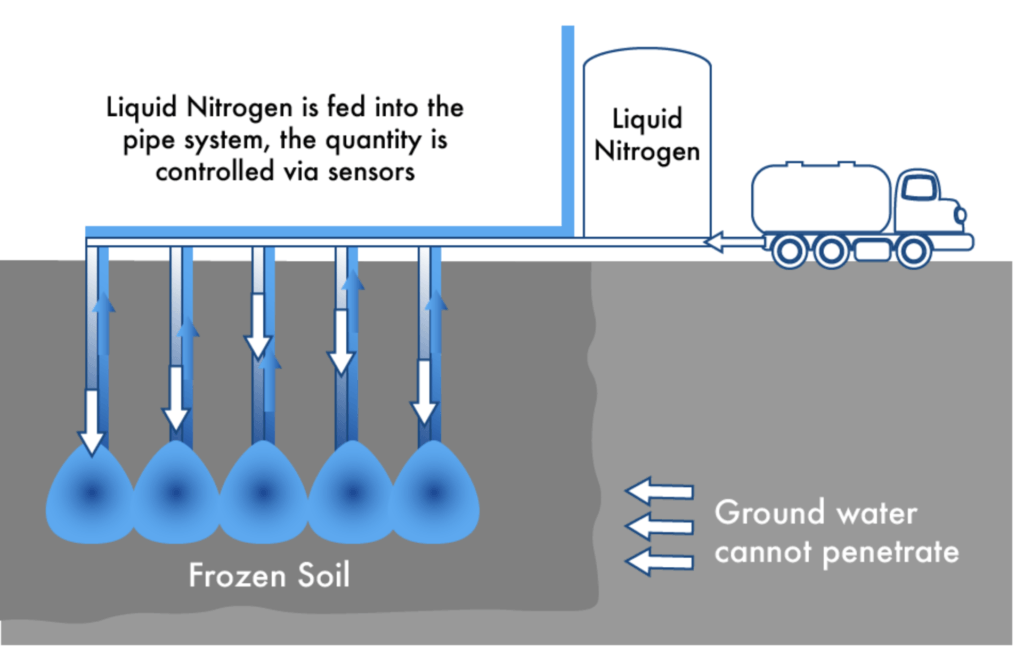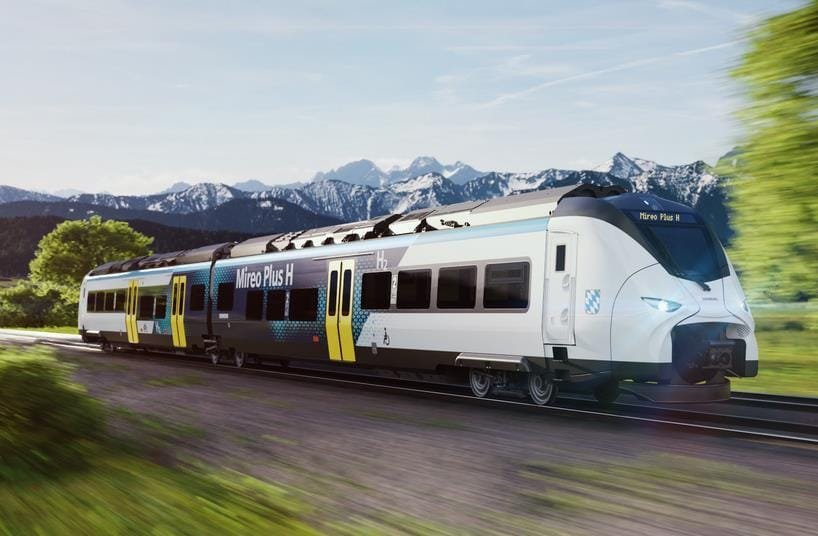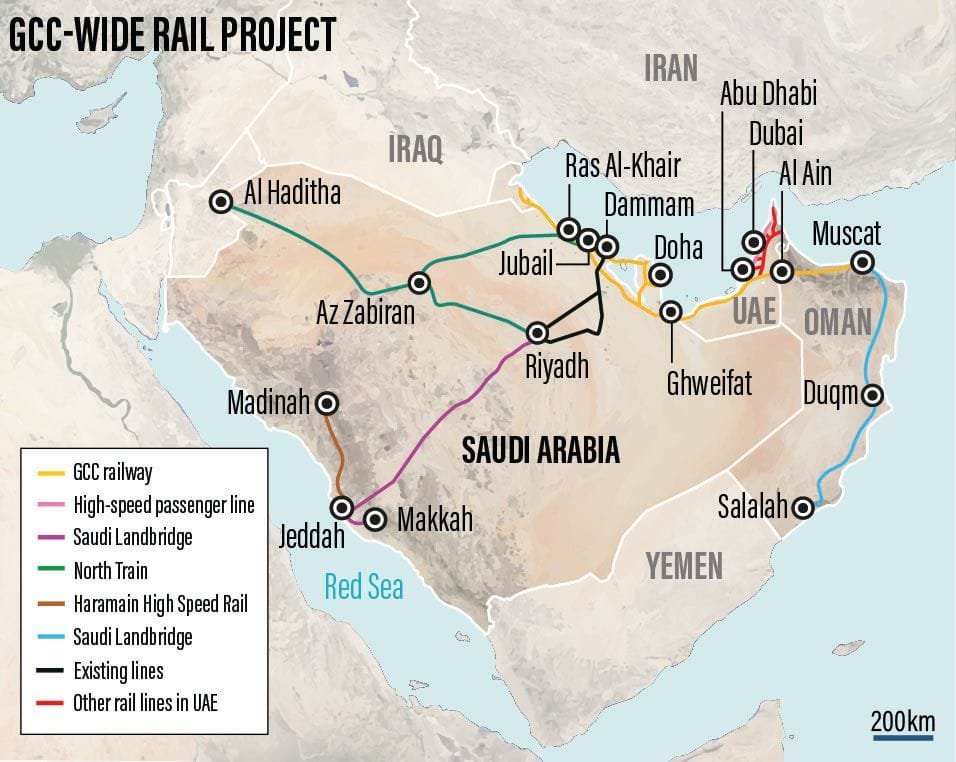Switches Aligned, Route Clear! 🚆
When we think of railways, we often picture a train gliding through the countryside or arriving at a busy city station. But behind every journey lies a far more complex system — one made up of institutions, networks, technologies, and policies that work together to keep the rails running.
In this article, we take a closer look at how the railway system is organized, and why that matters. Because understanding who runs the railway, who regulates it, and who drives its innovation is essential to understanding the present — and future — of train travel.
Railways as a System: Beyond Tracks and Trains
Railways are not just about steel and motion. They are a strategic national asset, a driver of economic growth, a low-emission transport mode, and a field of intense technological advancement.
Managing such a system requires coordination between many different actors, each with their own responsibilities — from setting safety rules and maintaining infrastructure to operating trains and designing the next generation of rolling stock.
So, who does what?
Setting the Rules: The Role of Regulators
At the top of the system are the regulatory and supervisory bodies. These are the organizations that make the rules, monitor safety, and shape the future of the railway market.
At the European level, DG MOVE, the European Commission’s Directorate-General for Mobility and Transport, defines overall railway policy — from competition rules to green transport strategies. National ministries of transport, in turn, adapt these principles into national frameworks, funding priorities, and infrastructure plans.
But rule-making is only part of the picture. Equally important are supervisory bodies, which ensure that regulations are actually followed. One of the most influential is the European Union Agency for Railways (ERA), which sets safety and interoperability standards across the EU. Others, like the UK’s Rail Accident Investigation Branch (RAIB) or France’s BEA-TT, step in when something goes wrong, investigating accidents and improving safety culture across the industry.
Building the Network: Infrastructure Managers
While regulators set the direction, it’s infrastructure managers who build and maintain the backbone of the system: the tracks, tunnels, bridges, signaling systems, and stations.
They ensure the physical network is safe, functional, and efficient — and they’re the ones who decide which train runs where and when, by allocating track access to operators.
Each country has one or more infrastructure managers. In France, it’s SNCF Réseau. In Germany, it’s DB Netz. In the UK, it’s Network Rail. They operate behind the scenes, but without them, nothing would move.
Running the Trains: Railway Operators
Next come the railway operators — the companies that actually move passengers and goods.
Some are large, state-owned companies, like SNCF (France), Deutsche Bahn (Germany), Trenitalia (Italy), or Renfe (Spain). Others are international or private ventures, like Eurostar, which connects London to Paris and Brussels, or FlixTrain, operating open-access services in Germany and beyond.
These companies own or lease trains, hire train drivers and conductors, and deliver the travel experience we see as passengers.
In Europe, liberalization has opened the market to more operators, allowing for competition on some routes — which has often led to better service quality, innovation, and competitive pricing.
Driving Innovation: Associations and Research Bodies
Last, but not least, are the industry associations and research organizations that push the railway sector forward.
Groups like the International Union of Railways (UIC) and the Community of European Railway and Infrastructure Companies (CER) bring together operators and infrastructure managers to share knowledge, promote standardization, and represent the sector in policy discussions.
Others, like UNIFE, speak for train manufacturers and signaling suppliers — from rolling stock giants to startups building the next generation of onboard systems.
And at the cutting edge is ERRAC, the European Rail Research Advisory Council, which leads research on topics like autonomous trains, hydrogen propulsion, and AI-powered traffic control. These institutions help rail evolve — not just as a mode of transport, but as a platform for innovation and sustainability.
Conclusion: A System Designed to Work Together
Modern railways are not run by a single entity. They are the product of careful coordination between public authorities, infrastructure managers, operators, and innovators — all working toward shared goals: safety, efficiency, sustainability, and competitiveness.
Understanding how these pieces fit together is the first step in understanding how railways work — and how they can keep improving in the years ahead.
At Beyond Tracks, we believe that railways are more than technology — they’re systems. And every well-designed system starts with a clear understanding of roles, responsibilities, and cooperation.
So stay with us, as we continue to explore the people, policies, and technologies shaping the future of rail.
Verified Sources:
European Union Agency for Railways (ERA) – EU Railway System Overview and Institutional Structure
European Commission – DG MOVE – Railway Market Reports and Transport Policy
Community of European Railway and Infrastructure Companies (CER) – Annual Strategy Reports
International Union of Railways (UIC) – Railway Statistics and Technical Programs
UNIFE – European Rail Supply Industry – Innovation and Market Trends Reports
ERRAC (European Rail Research Advisory Council) – Foresight Studies and Research Roadmaps



